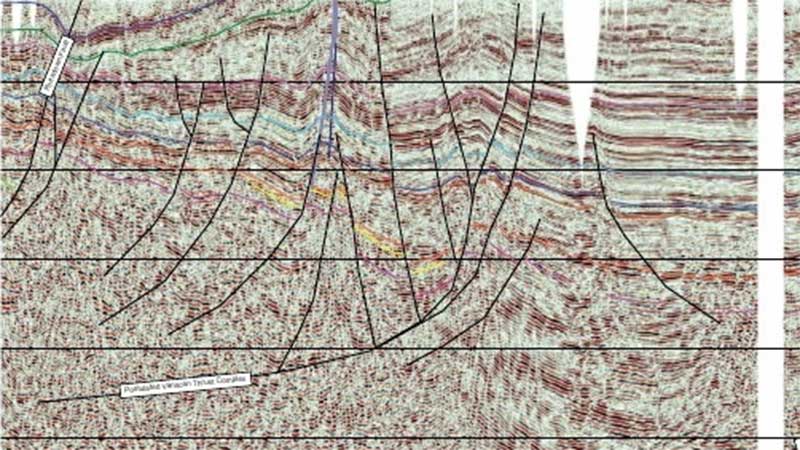Published:

Scientists from Heriot-Watt University have welcomed the findings of research released by Nottingham University and the British Geological Survey which suggests UK shale reserves are significantly smaller than originally estimated. Using a new method for analysing the gas content of shale, the Nottingham-based team claim a more accurate estimate of the overall potential, which is a fraction of previous resource estimates.
Since we first released our findings and warned about the impact that geological structure has on shale gas reserves, we have conducted a further two years of detailed subsurface research which have only served to underline the geological challenges faced are far greater than estimated.
Commenting on the research, Professor John Underhill, the academic who first challenged shale reserve estimates in 2017, said: “This research is an important next step in the discussion around the UK's reliance on shale gas extraction as a solution to our current energy crisis. In 2017, our research revealed that the UK's geology is unlikely to be suitable for hydraulic fracturing because the uplift and faulted structure of the basins are detrimental to its ultimate recovery.
“Since we first released our findings and warned about the impact that geological structure has on shale gas reserves, we have conducted a further two years of detailed subsurface research which have only served to underline the geological challenges faced are far greater than estimated.”
“While the US shale areas, like the Marcellus, Bakken, Barnett, Wolfcamp and Haynesville plays all lie at present day depths with temperatures and pressures that mean they are ready to expel their oil and gas when fracked, the UK's geology is different.
“The seismic data and geological map of the UK shows that a significant uplift, tilt and faulting affects the UK, which was initiated by active plate margin forces over 55 million years ago. Areas that were once buried sufficiently deeply with temperatures at which oil and gas maturation occurs, lifted to levels where they are no longer actively generating petroleum. The resultant uplift has also led to the shale gas targets being depressured and highly deformed by folds and faults that cause the shales to be offset and broken up into compartments. This has created pathways that have allowed some of the oil and gas to escape.”
Professor Underhill previously cited the geology of three potential fracking sites to illustrate the issue – the Weald basin in southern England, the Bowland Shale in Lancashire and the West Lothian Oil Shale in Scotland.
The Bowland basin of NW England, on which the Nottingham University study focuses, was a major area of sedimentary deposits in the Lower Carboniferous, (the period between 310 million and 345 million years ago) but was subsequently deformed into major folds and transected by reactivated faults.
Other basins believed to contain commercial shale gas, like the Weald Basin of Southern England and the West Lothian Oil Shale in Scotland, were also affected by the uplift and deformation. The Bowland Basin and Midland Valley of Scotland also went through an additional period of deformation about 290 million years ago, which has only compounded their structural complexity.
Professor Underhill concludes: “There is a need to factor this considerable and fundamental geological uncertainty into the economic equation. It would be extremely unwise to rely on shale gas to ride to the rescue of the UK's gas needs only to discover that we're 55 million years too late.”